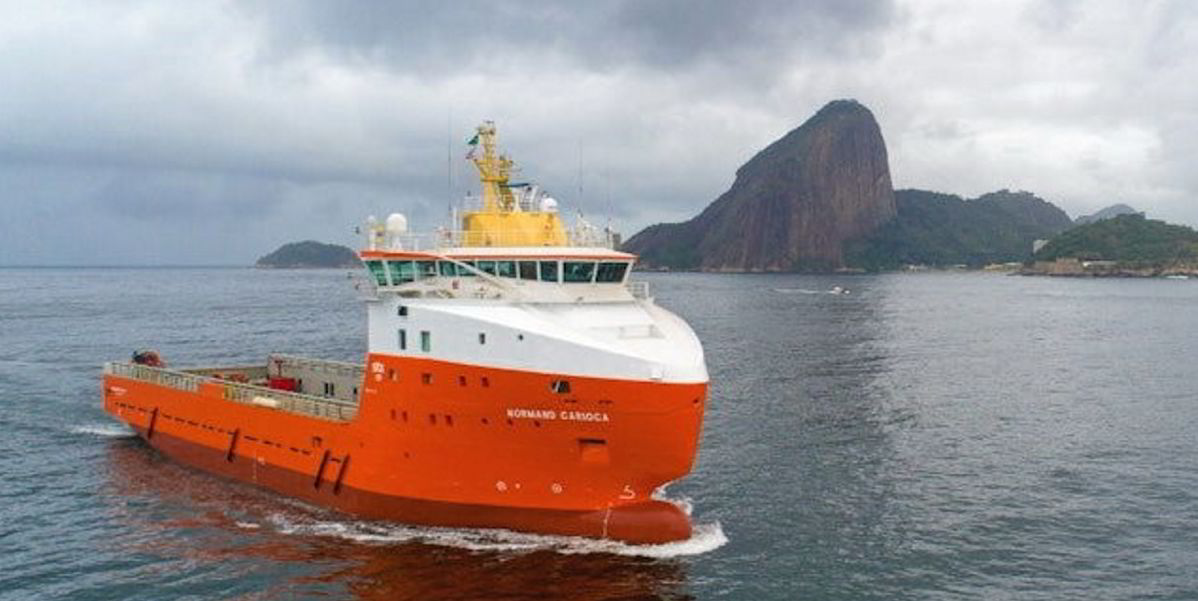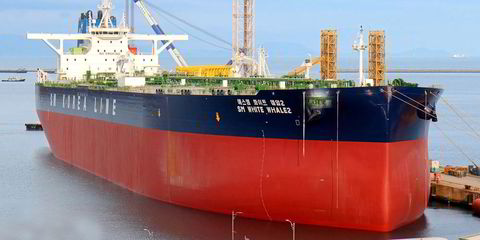Offshore support vessel markets are closing in on the peaks of 2008 and 2013, according to Clarksons Research.
Managing director Steve Gordon said shipowners are in a strong position, with the research company’s index of rig, OSV and subsea day rates hitting 100 points, up 101% since the start of 2021.
This is close to the high of 101 seen in 2013, although 2008’s spike is still some way clear on 114.
“Sentiment remains generally positive, with the recovery in offshore oil and gas activity well set and fleet supply constraints expected to persist,” Gordon said.
He added that an underlying positive outlook for offshore wind has seen further newbuilding investment.
OSVs have been enjoying strong peak-season utilisation and strengthening rates.
But inflationary pressures that have been building for some time are increasingly in focus for project developers, Gordon warned.
The stand-alone OSV rate index is up 29% to 165 points so far this year, still behind 2013’s peak of 169 and 2008’s high of 199.
The difficulty of reactivating vessels laid up for years is “moderating gains in the active vessel count”, Clarksons Research found. It is also amplifying OSV supply tightness: vessel availability is down 5% since 2017.
Financing limitations
Ships were removed from the market during the prolonged downturn from 2014 to 2020.
There was also consolidation of shipowners and practically non-existent newbuilding ordering.
Gordon said: “We expect only a gradual increase in newbuilding orders. For example, there are some small AHTS [anchor-handling tug supply] tenders.”
Limiting factors include high yard prices and the challenge of finding a shipbuilder to take on the contract.
Then there is the problem of securing finance, as well as fuel choice uncertainty.
Sale-and-purchase volumes are down, again due to finance constraints, Clarksons Research said.





